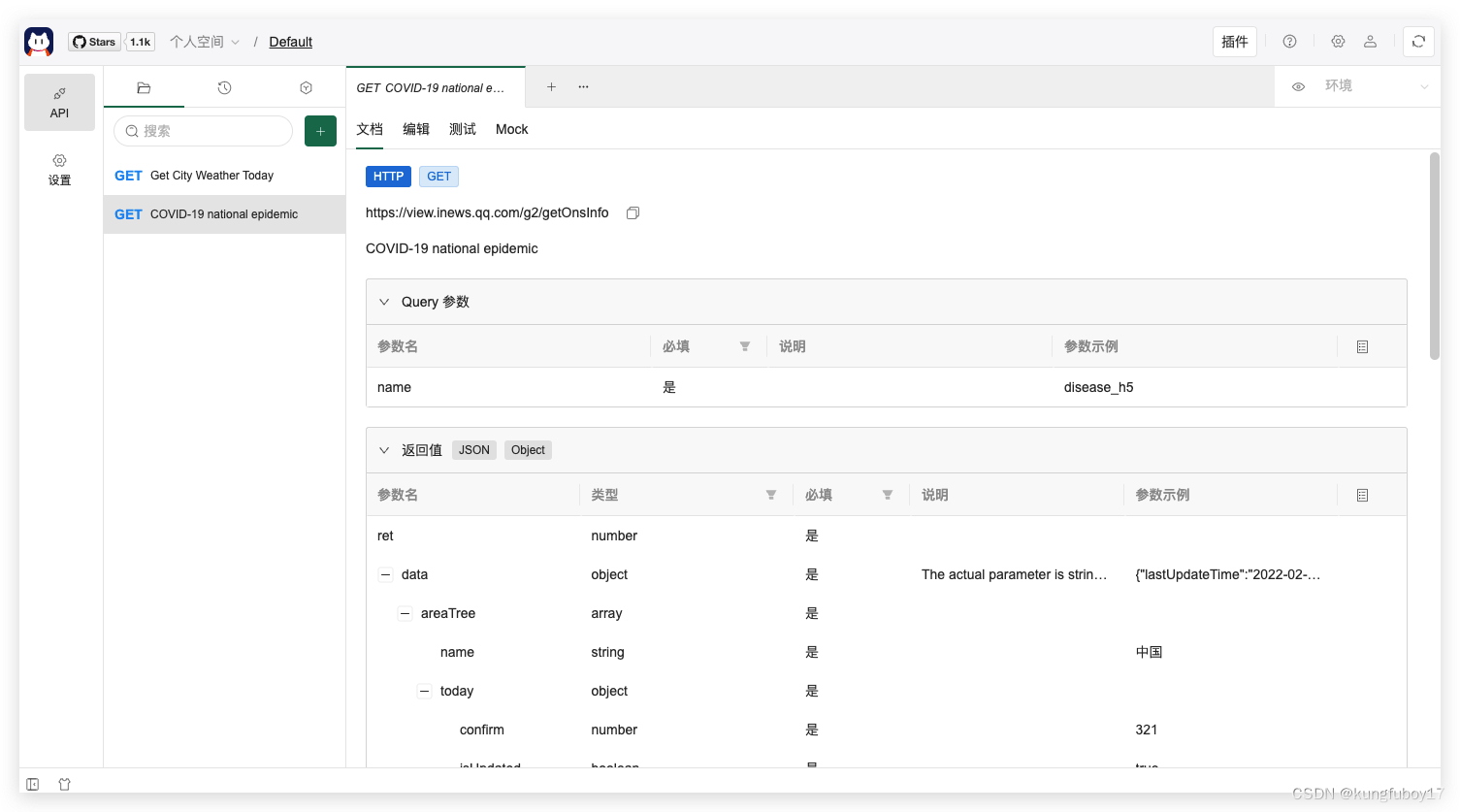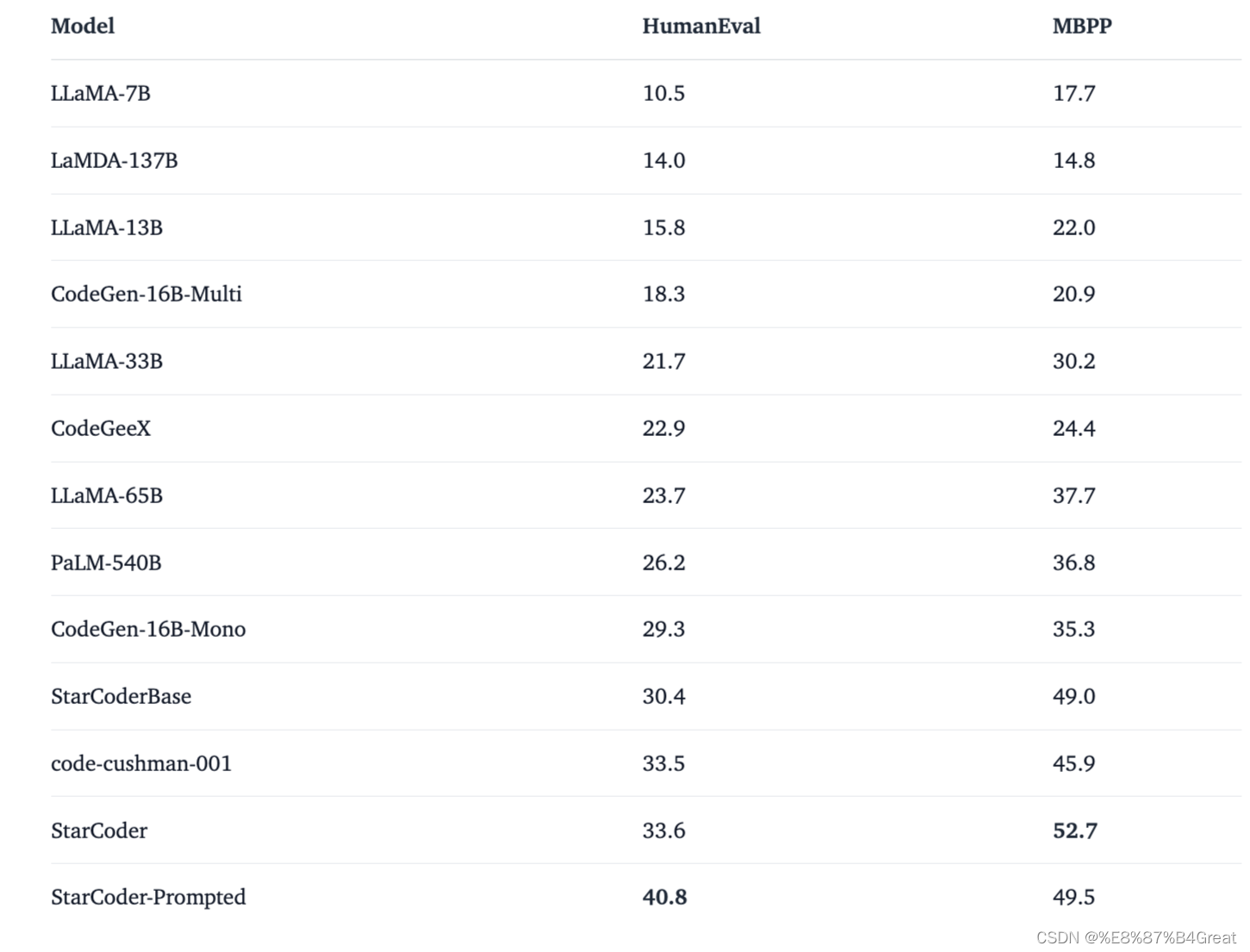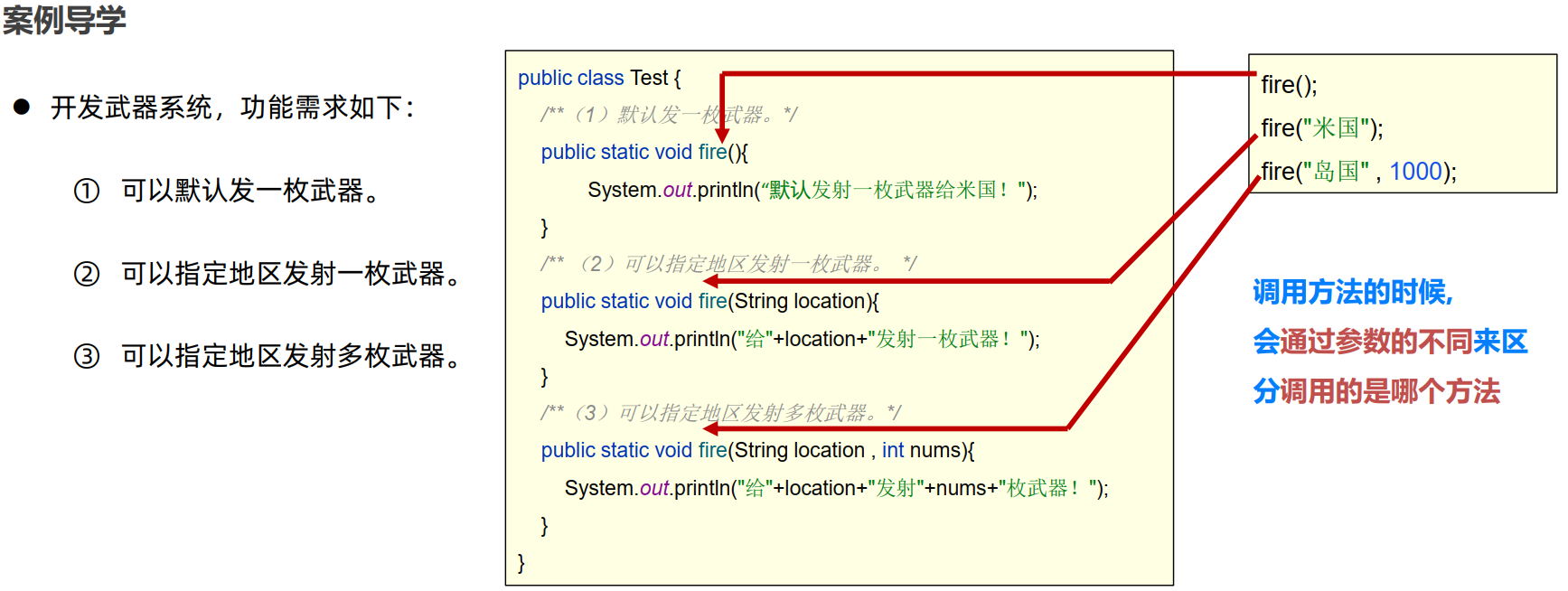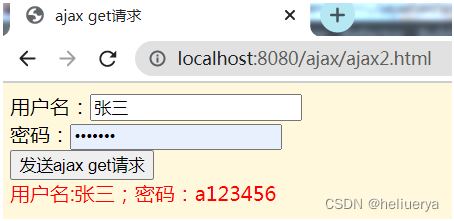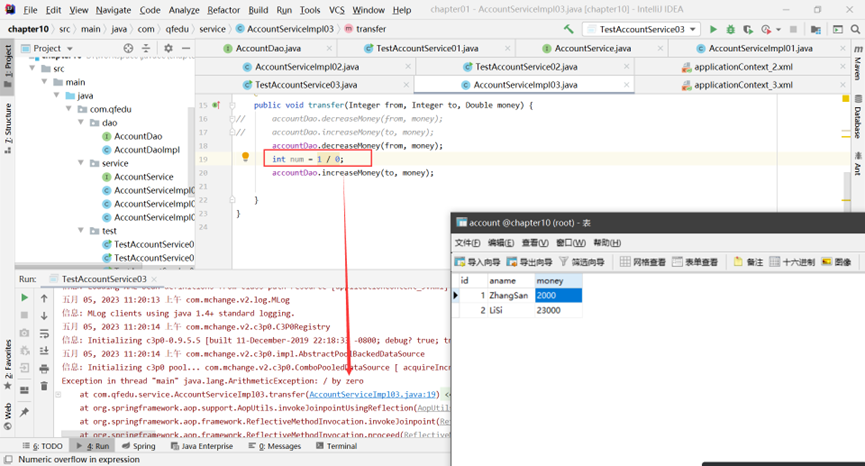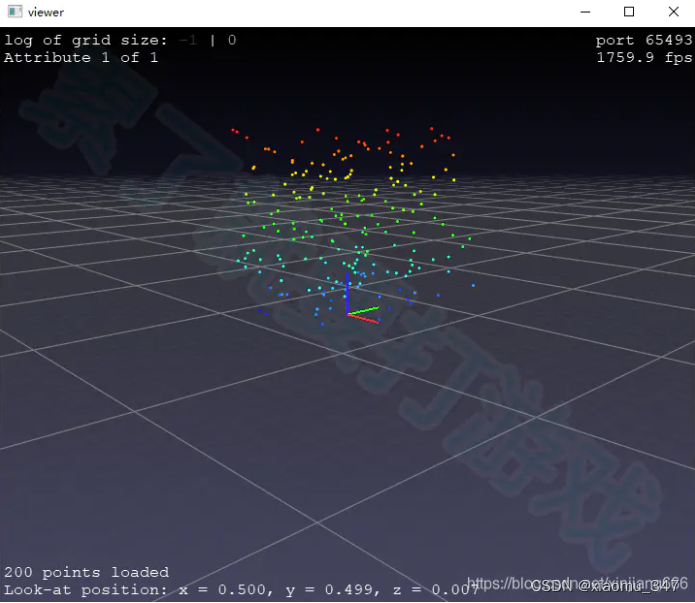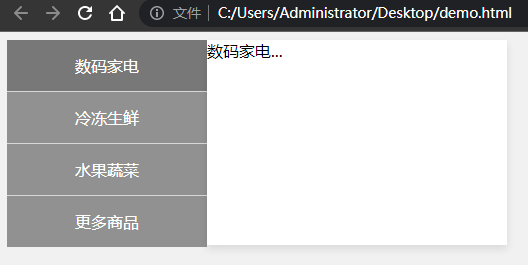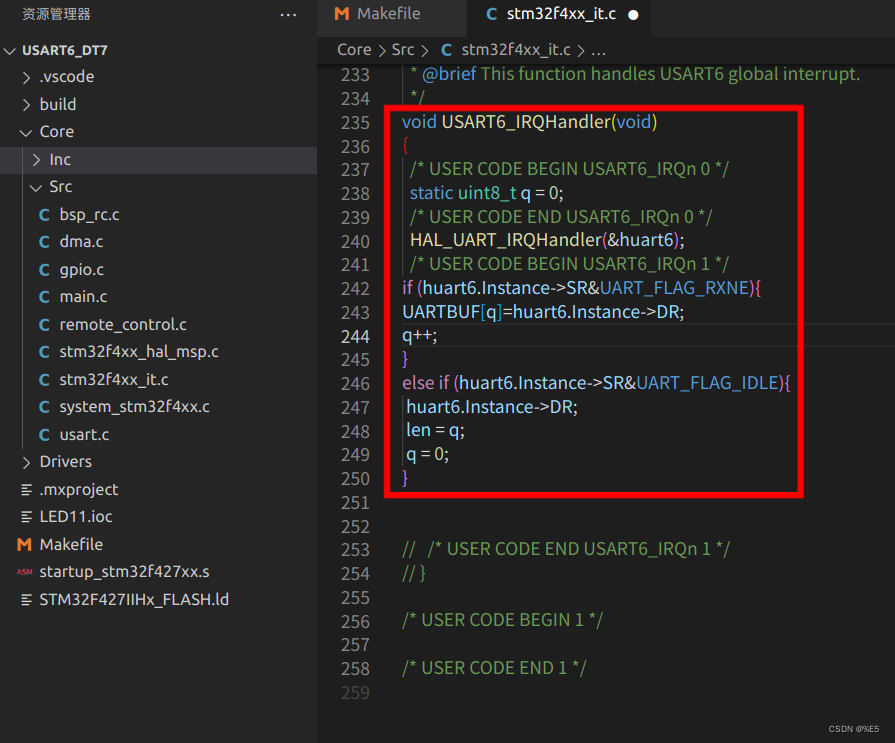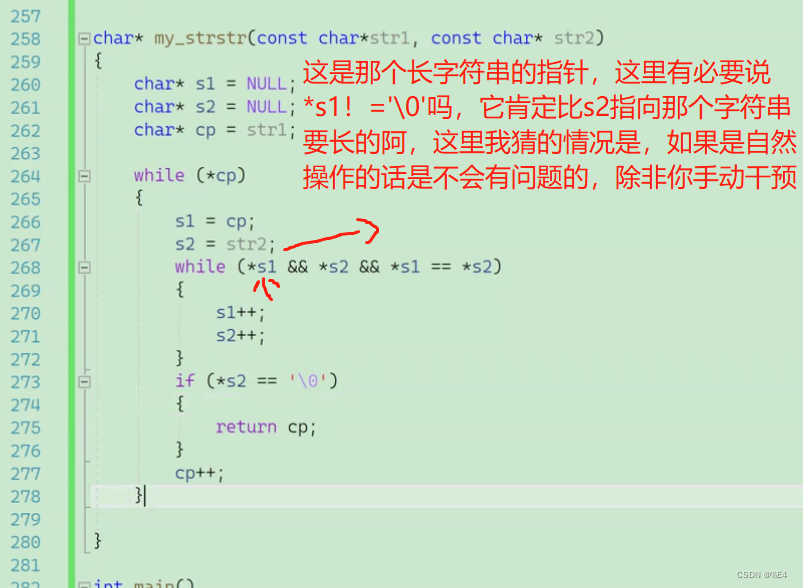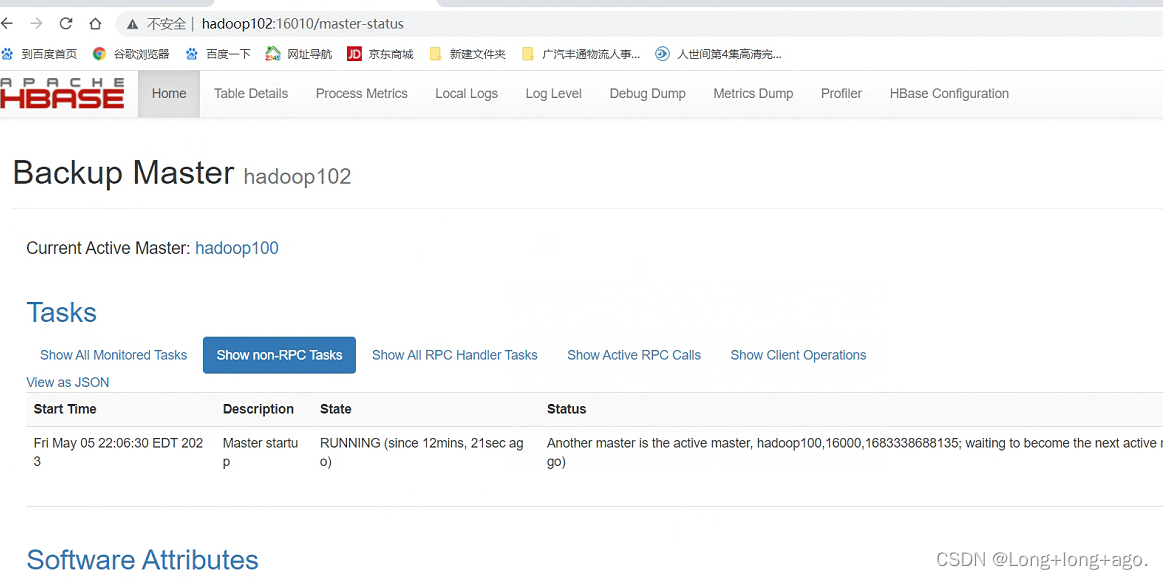1.@PropertySource和@PropertySources注解
1.1.@PropertySource注解概述
@PropertySource注解是Spring 3.1开始引入的配置类注解。通过**@PropertySource注解可以将properties配置文件中的key/value存储到Spring的Environment中,Environment接口提供了方法去读取配置文件中的值,参数是properties配置文件中定义的key值。当然了,也可以使用@Value注解用${}占位符**为bean的属性注入值。
@PropertySource注解的源代码,如下所示
package org.springframework.context.annotation;
import java.lang.annotation.Documented;
import java.lang.annotation.ElementType;
import java.lang.annotation.Repeatable;
import java.lang.annotation.Retention;
import java.lang.annotation.RetentionPolicy;
import java.lang.annotation.Target;
import org.springframework.core.io.support.PropertySourceFactory;
@Target(ElementType.TYPE)
@Retention(RetentionPolicy.RUNTIME)
@Documented
@Repeatable(PropertySources.class)
public @interface PropertySource {
String name() default "";
String[] value();
boolean ignoreResourceNotFound() default false;
String encoding() default "";
Class<? extends PropertySourceFactory> factory() default PropertySourceFactory.class;
}
从@PropertySource的源码中可以看出,可以通过@PropertySource注解指定多个properties文件,使用的形式如下所示:
@PropertySource(value={"classpath:/person.properties", "classpath:/car.properties"})
1.2.@PropertySources注解概述
@PropertySources注解的源码,如下所示:
package org.springframework.context.annotation;
import java.lang.annotation.Documented;
import java.lang.annotation.ElementType;
import java.lang.annotation.Retention;
import java.lang.annotation.RetentionPolicy;
import java.lang.annotation.Target;
@Target(ElementType.TYPE)
@Retention(RetentionPolicy.RUNTIME)
@Documented
public @interface PropertySources {
PropertySource[] value();
}
@PropertySources注解的源码比较简单,只有一个PropertySource[]数组类型的value属性,那我们如何使用@PropertySources注解指定配置文件呢?其实也很简单,使用如下所示的方式就可以了。
@PropertySources(value={
@PropertySource(value={"classpath:/person.properties"}),
@PropertySource(value={"classpath:/car.properties"}),
})
2.@PropertySource注解的用法
2.1.使用注解方式获取值
在工程的src/main/resources目录下创建一个配置文件person.properties,内容如下所示:
person.nickName=liqb
在Person类中新增一个nickName字段,如下所示:
package com.tianxia.springannotation.entity;
import lombok.AllArgsConstructor;
import lombok.Data;
import lombok.NoArgsConstructor;
import org.springframework.beans.factory.annotation.Value;
import java.io.Serializable;
/**
* Person类
* @author liqb
* @date 2023-04-21 16:00
**/
@Data
@NoArgsConstructor
@AllArgsConstructor
public class Person implements Serializable {
/**
* 姓名
*/
private String name;
/**
* 年龄
*/
private Integer age;
/**
* 昵称
*/
@Value("${person.nickName}")
private String nickName;
public Person(String name, Integer age) {
this.name = name;
this.age = age;
}
}
在MainConfigOfPropertyValues配置类上添加一个@PropertySource注解,如下所示:
package com.tianxia.springannotation.config;
import com.tianxia.springannotation.entity.Person;
import org.springframework.context.annotation.Bean;
import org.springframework.context.annotation.Configuration;
import org.springframework.context.annotation.PropertySource;
/**
* 配置类
* @author liqb
* @date 2023-05-04 11:28
**/
@Configuration
// 使用@PropertySource读取外部配置文件中的key/value保存到运行的环境变量中,加载完外部的配置文件以后,使用${}取出配置文件中的值
@PropertySource(value={"classpath:/person.properties"})
public class MainConfigOfPropertyValues {
@Bean("propertySource_person")
public Person person() {
return new Person();
}
}
此时Person类的nickName字段的值为空。运行测试方法,输出结果如下所示:
/**
* 测试类
* @author liqb
* @date
**/
@Test
public void test() {
ApplicationContext applicationContext = new AnnotationConfigApplicationContext(MainConfigOfPropertyValues.class);
Person person = applicationContext.getBean(Person.class);
System.out.println(person);
}

此时Person类的nickName字段已经注入liqb这个值了
2.2.使用Environment获取值
使用@PropertySource注解读取外部配置文件中的key/value之后,是将其保存到运行的环境变量中了,所以我们也可以通过运行环境来获取外部配置文件中的值。
运行测试方法,输出结果如下所示:
/**
* 使用Environment获取值
* @author liqb
* @date 2023-05-06 12:44
*/
@Test
public void test01() {
ApplicationContext applicationContext = new AnnotationConfigApplicationContext(MainConfigOfPropertyValues.class);
ConfigurableEnvironment environment = (ConfigurableEnvironment) applicationContext.getEnvironment();
String property = environment.getProperty("person.nickName");
System.out.println(property);
}








